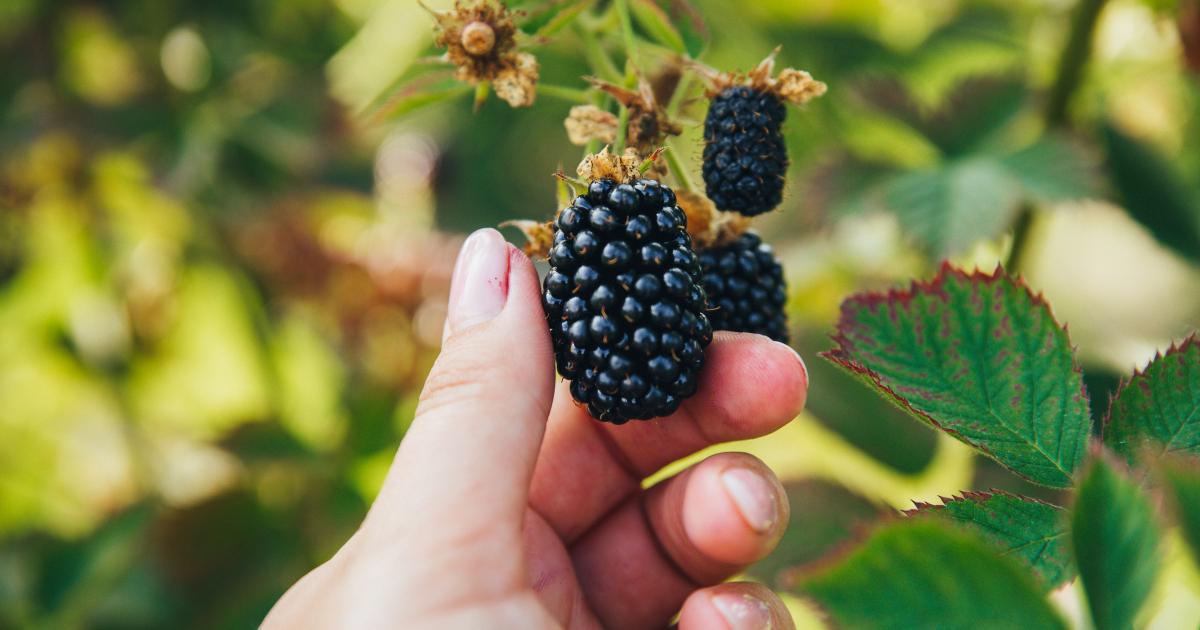
Suggested video What products are in season in August?
Video 1 of 2
Blackberries, these small black fruits that we love to eat in summer, can be found almost everywhere along paths or in the undergrowth. The adage is that we prefer to pick them at eye level, to avoid contamination from the ground such as wild animal urine. But is this precaution really enough to be sure to eat them safely? We will take stock of the potential risks when picking wild blackberries and the good habits to adopt to enjoy them in complete peace.
It is often said that you should pick blackberries high up to avoid problems, especially those related to animal droppings such as foxes. This is true, in theory, taller blackberries are less exposed to parasites such as tapeworm eggs or bacteria such as Escherichia coli or Salmonella that can be found in the droppings.
But be careful, picking blackberries high up doesn’t mean they’re completely safe. Even up there, the fruit can be affected by particles floating in the air, such as pesticide residues if you’re close to fields, or by birds that land on the branches and leave pathogens behind.
We often think of parasites and bacteria, but there are other, more discreet risks that can be problematic. Wild blackberries can be contaminated by microorganisms, such as yeast and mold, especially when it’s humid. So even if you don’t have any particular problems, it’s better to remain vigilant, especially for those with a slightly fragile immune system.
Air pollution is also a concern. Fine particles, heavy metals and other chemicals can settle on blackberries, even those picked high up. This is especially important if you are picking near a road or in an industrial area where the air is more polluted.
So, to avoid unpleasant surprises when picking blackberries, here are some simple tips to follow:
Source:https://www.750g.com/ramasser-les-mures-en-hauteur-est-ce-suffisant-pour-ecarter-les-dangers-pour-la-sante-a38325.htm


